Today, I have the pleasure to introduce Yael Bloch, Yoga teacher and author of the book Ashrams, Journey to the Sources of Yoga.
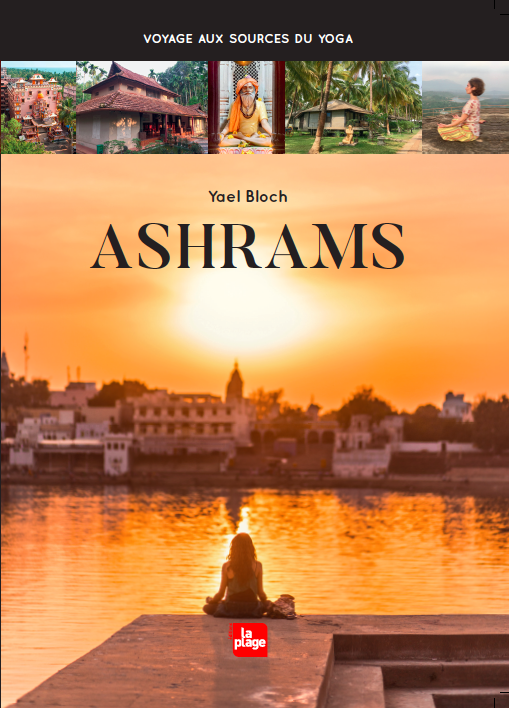
I read this book recently and it inspired me a lot. A real motionless journey, from my rocking chair, the park or my bath, to discover these magical places bathed in spirituality and sharing. I was so excited about the book that I contacted Yael to offer her an interview for my blog. Yael accepted and this is excellent news for us, because we are going to enjoy reading it. Have a good discovery!
Claudia from YogaPassion: Hello Yael, can you please introduce yourself to YogaPassion readers who don’t know you yet?
Yael Bloch : Hello Claudia and hello to YogaPassion readers!
I am a former engineer converted to Yoga on the occasion of a back problem during an expatriation where I could not exercise my profession. Yoga has already accompanied my life at times since the age of 6, because my parents practiced it, but I would never have thought of making it my profession one day.
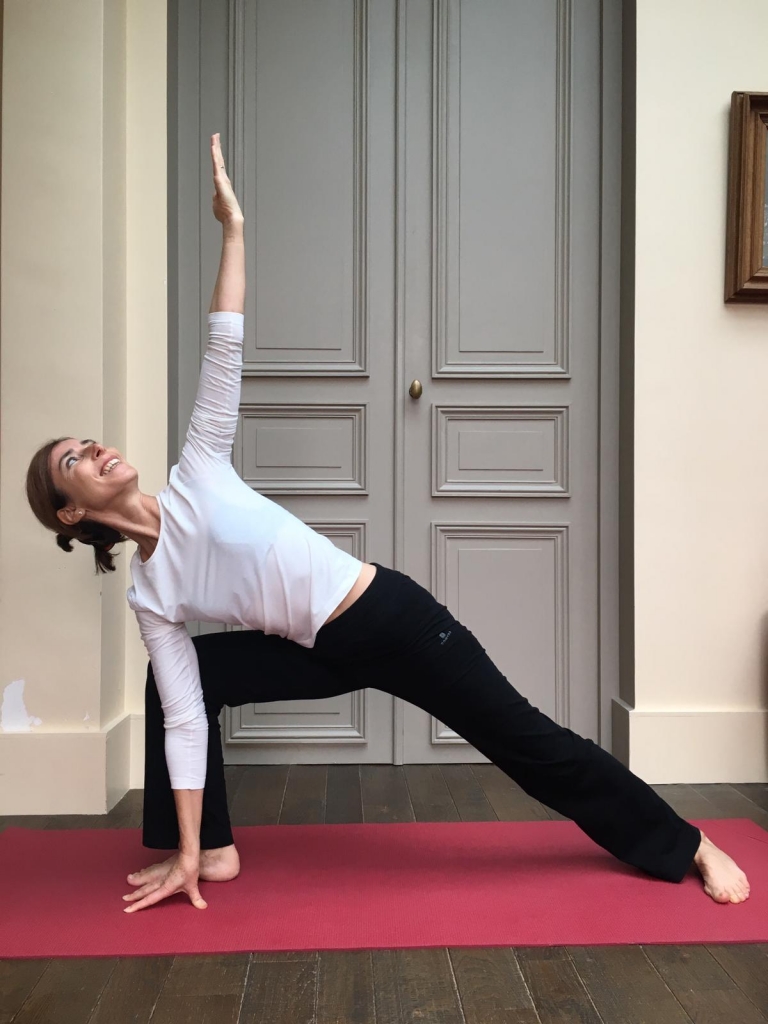
I trained in several schools (in the lineage of Iyengar and in the lineage of Energy yoga, at EFY and at the Academy of Energy Yoga). I have been teaching with passion since 2000, to a wide variety of audiences. And I am part of the EFY research group on Yoga and Children.
Having lived many years abroad, I was able to discover with fascination how Yoga, where it is spread, is colored by the local atmosphere and culture.
My other activities-passions: teaching Mathematics (college-high school), translation and writing.
Claudia YP: Can you tell us about your very first stay in an Ashram? What struck you the most?
Yael B: The first ashram I stayed in was in the United States, where I was living at the time, in the 2000s. I was training in Yoga, and in our group, a woman lived at the Monroe Ashram, a hundred miles north of New York City. What this woman gave off and the enthusiasm with which she described the ashram had aroused my curiosity.
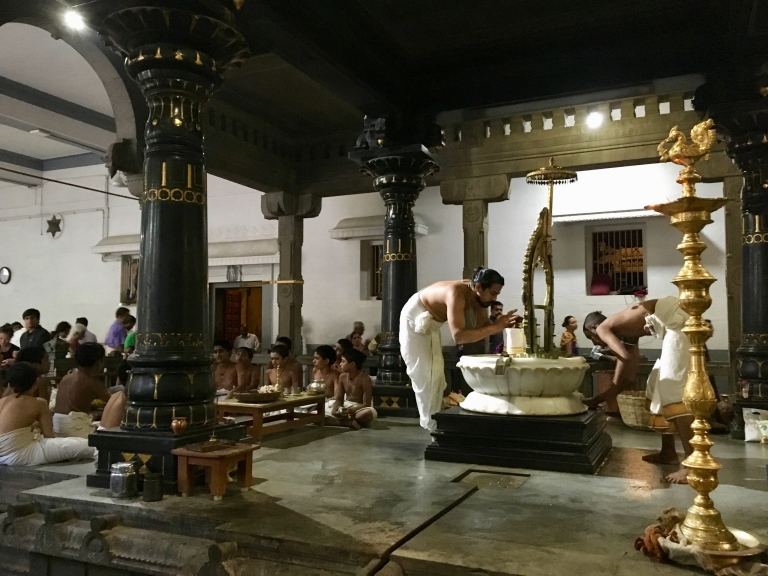
I made a first stay of a week. Another world. Suddenly peace, everywhere . The does that we met in the park, the lake, the surrounding nature. This is what struck me the most: to find, everywhere and at every moment, this particular atmosphere of Yoga classes, a mixture of concentration, measured effort which seeks accuracy, persevering commitment, in an atmosphere hushed and caring. Like a suspension of time. We felt the presence of work, but without stress. You could feel the presence of the Indian master , honored by large photographs adorned with garlands of flowers, as is the custom in India when the master left his body.
Each activity, each moment of the day, nourished me on all levels in a complementary and synergistic way. In the morning, a large table indicated the activities of the day, which one could freely go or not: the two key moments of the day, the ceremonies with mantras, each day began and ended, several Yoga classes of different types were always offered, there were themed classes, workshops, Sanskrit or Indian dance, for example, sometimes guided meditation times, delicious vegetarian meals, and volunteering – time given to the community.
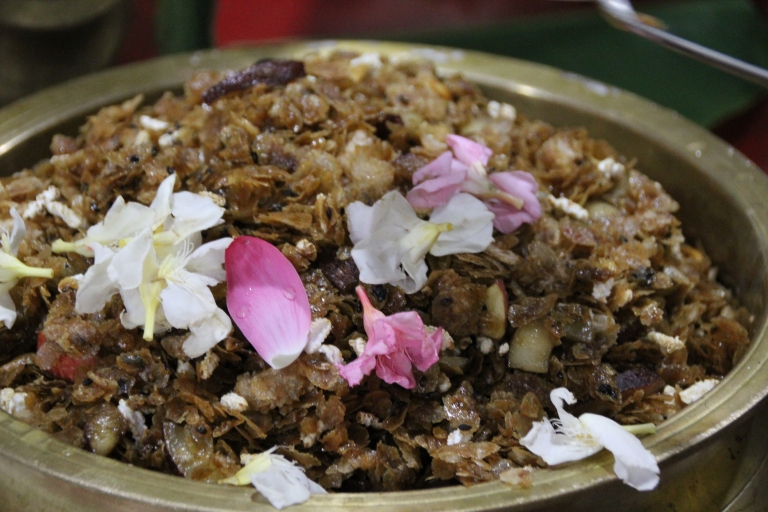
Claudia YP: How did you come up with the idea for the book? Have you contacted an editor to offer them your manuscript or were you contacted directly?
Yael B: It was the editor of La Plage editions, for whom I had been doing translations for several years, who one day suggested that I write Ashrams, a journey to the sources of yoga . We knew each other a little, she knew that I had stayed in ashrams and that these places exerted on me a kind of fascination. After verifying that she was not expecting me to go to India, I accepted.
Claudia YP: How long have you worked on the book? How did you manage the writing and then the proofreading with all your other professional projects and your personal life in parallel?
Yael B: I worked on this book for two years. The first six months I was teaching Math in middle school and Yoga, of course. Soon enough, it became clear to me that I couldn’t do anything serious without going back to India and devoting myself entirely to this project, which I did the following year and a half – except for my classes of Yoga.

I made two trips to India in 2017 , where I decided to visit a lot of ashrams, about fifty in all , even if it means not staying very long in each of them. I followed the schedule and the proposed activities to soak up the place . At the same time, the idea was to collect as much information on site as possible, take photos, make contacts, interview swamis (teachers) and leaders, visitors as well as disciples, some of whom have become resource persons. Their testimonies are precious: if I give my impressions for twelve ashrams, as a kind of instant photograph with practical details, the testimonies of these people bring a deeper dimension since they have known the ashram for many years and follow the teachings of the master.
The rest of the research, the structuring of the book and the writing were then done from my home, keeping in touch with the ashrams and the people I met.
I took immense pleasure in this work, and I was able again to verify how much writing allowed me to clarify my thoughts and move forward.
Claudia YP: What is your favorite ashram in France if you had to choose just one? And in India?
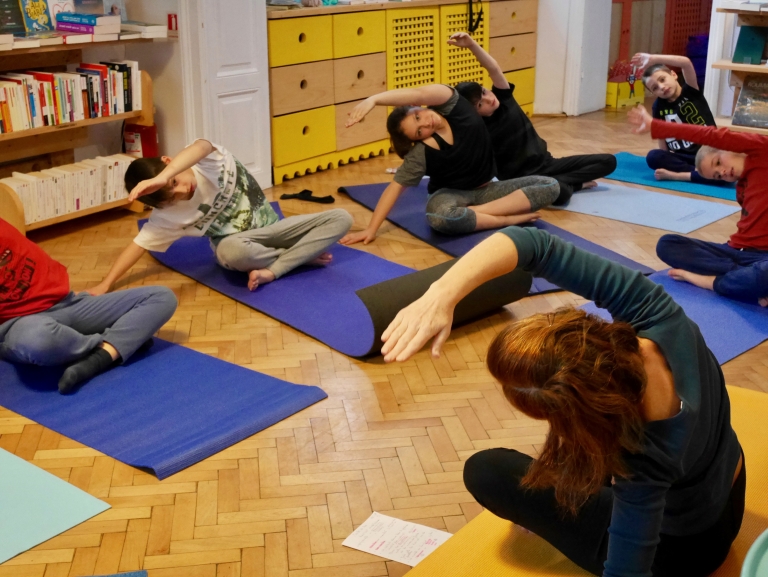
Yael B: The book only deals with ashrams in India, even though I occasionally mention Monroe’s ashram and give addresses of ashrams in France. J ‘was very touched by the atmosphere of the Ramakrishna Vedantic Center Gretz, near Paris, where the Indian master speaks French. Despite the strict path he advocates, it is a place imbued with great gentleness.
In India, I felt “at home” in many ashrams, but it is at the Dayananda Ashram in Rishikesh where I would return without hesitation if I was three and a half years old before me, to learn Sanskrit and study in the text. those wonderful books which are the foundation of Yoga, which are the Bhagavad Gītā and the Upanishads.
Claudia YP: If you had to associate 5 key words with Yoga, in relation to your practice and your teaching, which would you choose?
Yael B: I would choose: regular practice, research, awareness, detachment, benevolence.

Claudia YP: How do you perceive the current development of Yoga in France? Do you think it will continue to spread even more?
Yael B: Yoga is immensely vast. We can link his success in recent years to the fact that he responded to the need for extremely complete physical work, in listening and respect for the body, while going beyond to letting go, thanks to the synchronization of movements and breath.
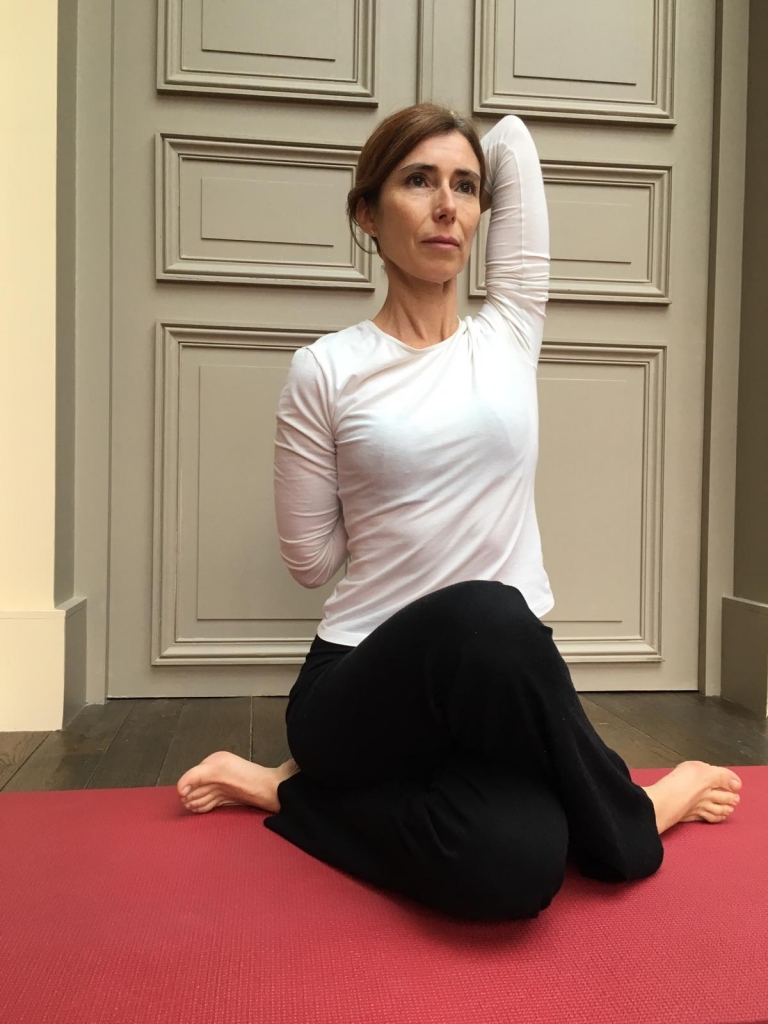
We now know that Yoga is a royal response to stress, one of the greatest ills in our society. But it has much more to offer and the public is ready for it: to link practice to philosophy, to bring a vision of the world that is at the same time beautiful, coherent and soothing, and to go deeper to pacify the mind through breathing exercises. (prānāyāma) and concentration/meditation (dhāranā / dhyāna). In my opinion, some Yoga classes could integrate these aspects. I modified mine in this direction and it seems to me that it resonates with the students.
Yoga integrates all planes of being, physical, energetic, mental, emotional and spiritual. It is an enormous wealth . I believe that it will continue to spread if this wealth is made available to the public when the latter is ready to receive it, or even when the public feels that this wealth can effectively meet its needs while leading it towards more and more autonomy.
Claudia YP: What are your projects, current and future?

Yael B: With Ananda Ceballos, colleague and friend, and specialist in Mindful Eating , we have just returned the manuscript of a small book on the theme of “eating in conscience”, precisely, published by La Plage. It should appear in the spring. This is the second in a collection that started with a book I wrote on breathing: Respire. This book is now used as a basis for offering series of sessions on this theme, open to everyone even without yoga practice, outside of weekly classes.
I also really want to propose a trip to India to discover some ashrams, for people who would prefer to go in groups rather than alone… to be continued!
Claudia YP: Where can readers find you? How can they contact you?
Yael B: Via Facebook or my site.
A big thank you, Yael, for this interview.